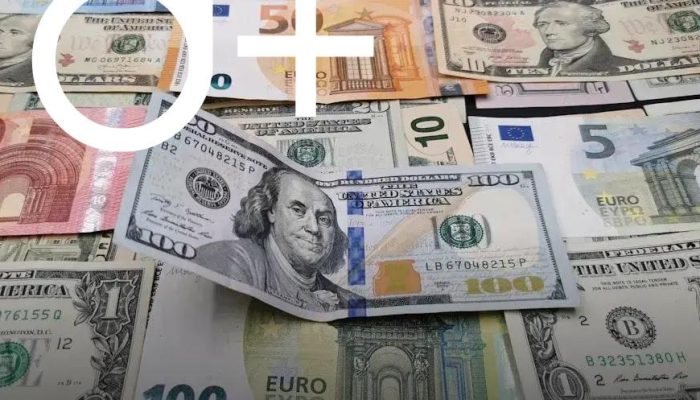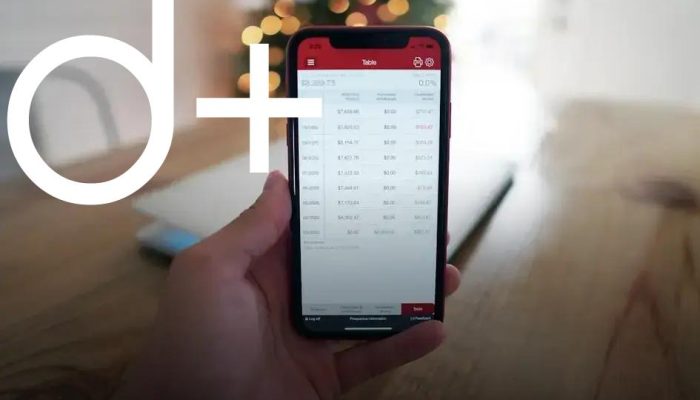As you delve into the ongoing debate of gold vs. fiat currency, you’ll discover why each holds unique value in today’s economy. Understanding their role in modern economics can be pivotal, especially as you look forward to 2024. Whether you appreciate gold’s timeless appeal or the adaptability of fiat currencies, recognizing their benefits and drawbacks will help you make informed financial decisions.
The Historical Perspective: Gold’s Timeless Appeal
For centuries, gold has been revered and utilized not just as jewelry but also as a reliable store of value. Its role is evident from ancient civilizations to modern societies, contributing to its timeless appeal. Historically, gold has been a symbol of wealth and power, treasured not only for its glittering allure but also for its imperviousness to corrosion and tarnish.
Gold coins and bullion have been the primary means of exchange in economies dating back to the Middle Ages. The idea of using gold as money persisted into the 19th and 20th centuries when the gold standard became common practice. Currencies were backed by gold, enabling a fixed exchange rate system where paper money could be converted into a specified amount of gold.
Despite the shift towards fiat currencies, gold’s enduring appeal lies in its intrinsic value. While fiat currencies fluctuate based on government policy and economic conditions, gold maintains a universal value accepted worldwide. Investors often see gold as a safe haven in times of economic uncertainty, inflation, or currency devaluation.
Throughout history, during wars, economic collapses, and geopolitical upheavals, gold prices tend to surge. This phenomenon illustrates gold’s role as a hedge against volatility and a stabilizer of wealth. Unlike fiat currency, which can be printed in abundance, gold’s supply is limited, adding to its allure as an investment that could stand the test of time.
As we look towards 2024, understanding gold’s historical role can provide insight into its continued significance compared to fiat currencies. Comprehending this history is crucial for anyone looking to navigate the complex financial landscape ahead.
Fiat Currency: Flexibility in Modern Economics

Fiat currency stands out for its flexibility within modern economics. Unlike gold, which is limited by its physical properties, fiat money holds its value through government decree. This allows for a system where money supply can be adjusted according to the economic demands. Governments and central banks utilize this mechanism by employing monetary policies, aiming to keep inflation under control and stabilize the economy.
The ability to adapt swiftly to economic changes gives fiat currency a significant advantage. For example, during financial crises, central banks can inject liquidity into the market, attempting to boost spending and avert economic downturns. This
adaptive nature
also facilitates international trade, as fiat currency can be easily exchanged, accounting for fluctuations in economic conditions among nations. It plays an essential role in developing economies by providing a controlled environment for growth.
A key benefit of fiat money is its impact on maintaining a stable economy. Monetary authorities can influence interest rates, impacting borrowing and spending. In contrast, gold’s value largely depends on market sentiment and scarcity, which can lead to volatility. Therefore, fiat currency provides the tools needed for governments to foster economic progress, promoting consumer confidence and long-term planning.
Although reliant on proper governance and policy-making, the flexibility of fiat currency plays a crucial role in supporting modern economic frameworks, proving indispensable and adaptable for future challenges.
Inflation and Stability: A Comparative Analysis
When examining inflation and stability, the differences between gold and fiat currency become more pronounced. Gold has historically served as a hedge against inflation. Its value isn’t directly affected by government policies or economic turbulence, making it a stable asset during times of economic unpredictability.
In contrast, the stability of fiat currency largely depends on governmental control and economic policy. While modern economics allows fiat currencies to offer flexibility in monetary policy, this can sometimes lead to inflation. Central banks can influence inflation by adjusting interest rates and controlling the money supply, aiming to maintain economic stability.
Historically, countries operating on a fiat currency have been able to stimulate or slow down their economies, easing recession impacts. However, hyperinflation remains a risk if not managed correctly. Meanwhile, gold remains constant in value, acting as a safeguard during financial crises. Investors frequently turn to gold as a reliable store of value when inflation threatens to erode purchasing power.
For many, owning gold is akin to having an insurance policy against currency depreciation and other economic difficulties. As we move into 2024, the debate around which holds greater value, gold’s stability, or fiat’s flexibility, continues to grow. Understanding how both interact with inflation and economic stability allows individuals and nations to better navigate potential future economic uncertainties.
Future Predictions: What to Expect in 2024

As we move closer to 2024, significant shifts in the global economic landscape are anticipated. One major area of focus remains the debate over the potential advantages of gold versus fiat currency. Within this landscape, both forms of money will likely be judged by their ability to maintain value and adaptability to economic changes.
The increasing globalization and interconnectivity of markets could push more investors to consider robust options like gold. Historically, gold has been regarded as a safe haven, a stronghold against economic downfall and currency depreciation. In times of uncertainty, it acts as a financial refuge and could see increased demand. This adoption might lead to a more significant appreciation in its value as a tangible asset.
On the other hand, fiat currency, backed by governments that manage monetary policy with tools like interest rates, offers flexibility. This flexibility allows it to adapt swiftly to economic shifts, especially within swiftly changing and expanding industries. Governments are also increasingly adopting advanced technologies such as digital currencies that could redefine fiat, making it more secure and efficient. The implementation of digital currencies by major economies could enhance the role of fiat money but could also introduce new monetary dynamics.
Looking into 2024, a possible trend is the continued advancement and integration of digital wallets and cryptocurrencies, offering consumers more convenient and innovative ways to manage both gold and fiat currency holdings. As these technologies evolve, they might further blur the lines between traditional asset classes and modernized currencies, causing shifts in value perceptions.
The global economy might also witness policy changes embracing environmental consciousness. Green policies could affect industries related to mining, such as gold production, potentially influencing its supply and therefore its valuation.
While predictions remain speculative, it is essential to consider both assets’ roles in the economic sphere and how they might adapt or converge with future innovations and global challenges. As we look ahead, these developments remind us that both gold and fiat currencies will continue to play crucial roles, albeit potentially transformed.







![BANNER 1 - HOME [QUADRADO]](https://dailyfindinvestment.com/wp-content/uploads/2025/01/BANNER-300-X-300.gif)
